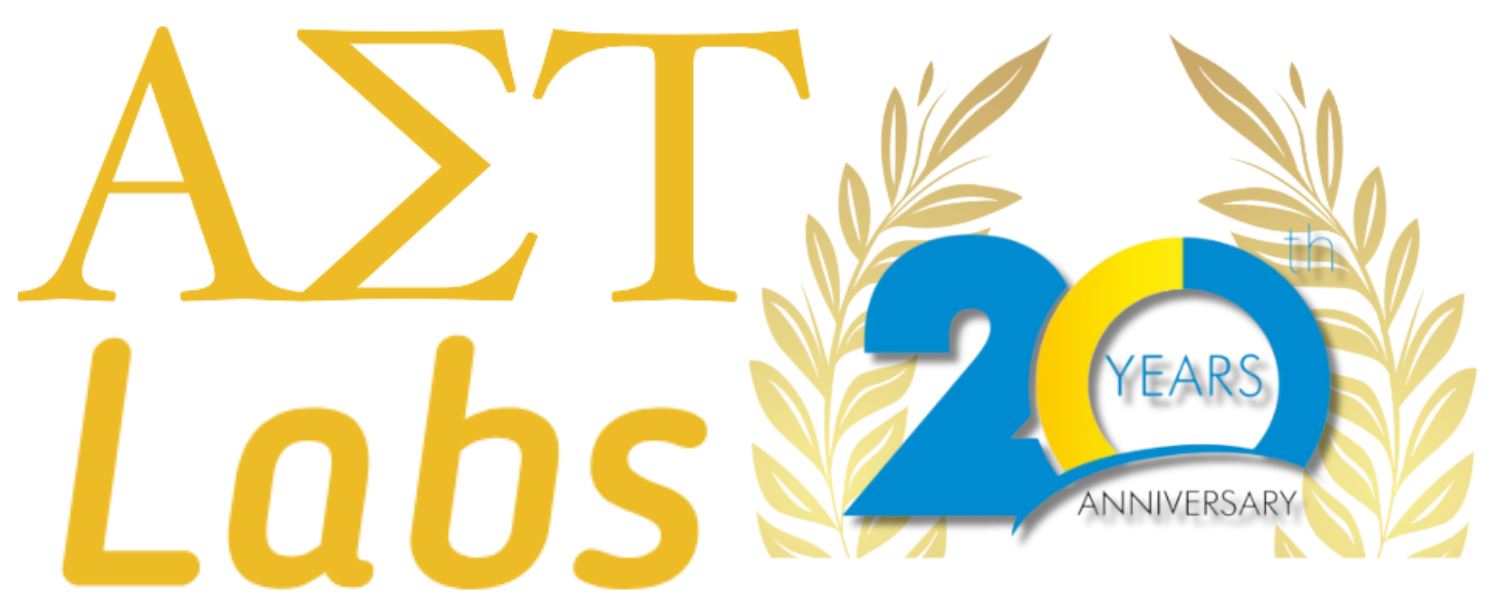In this first installment of our 3DP Healthcare Solutions Blog Series we take a closer look at a ground-breaking investigative trial called 3D Hearts Enabling a Randomized Trial (3DHEART). This initiative is a clinical study to better understand the impact of 3D printed heart models for pre-operative planning for pediatric heart surgery.
In a recent interview with Dr. Alistair Phillips, Co-Chair for the American College of Cardiology, Surgeons Section, we learned of the impacts he has personally experienced using 3D printing in surgical settings, as well as his participation in the 3DHEART program.
By Michael Gaisford, Director of Marketing for Stratasys Medical Solutions
Q: What has been your first-hand experience using 3D printed models for surgical planning? What information or advancement does using a 3D printed model offer over CT/MRI renderings on a computer screen?
A: I have utilized 3D-printed models for dozens of complex surgeries. We have pioneered a novel method for replacing a pulmonary valve that does not require open-heart surgery. While I was in Columbus, prior to 3D printing, we performed minimally invasive pulmonary valve replacement via a per-ventricular approach; however, we were severely limited by not being able to truly understand the anatomy of right ventricular outflow tract (location for placement of the stented valve). After coming to Cedars-Sinai we refined the per-ventricular approach by utilizing a 3D printed models of patients’ hearts. We were able to simulate the implant into the right ventricular outflow tract. Using 3D printing gave a better understanding of the Hybrid procedure, and allowed us to perform pulmonary valve replacement with a minimally invasive approach avoiding conventional method that required open-heart surgery.
Q: Please describe the 3DHearts Enabling A Randomized Trial (3DHEART) clinical trial. Why did you choose the patient population you chose for the trial?
A: The clinical trial is particularly exciting as it targets specific cases in which understanding of the anatomy will greatly enhance the surgical approach. A 3D printed replica of a patient’s heart will be created as part of the inclusion criteria to be in the study. While I am not a Principal Investigator in the study, I believe that the PIs have done a good job of targeting pediatric subjects undergoing primary complex two-ventricle repair of congenital heart defects to illustrate the tremendous effect 3D printing can have on our particular practice of medicine.
Q: What capabilities/technical features are needed for a 3D printer to be clinically useful in surgical planning?
A: This is a great question, but a very complex one and it unfortunately doesn’t lend itself to a simple answer. Every surgeon is different. The education, experience, aptitudes, and attitude we bring to each equally nuanced and varied patient span an almost limitless spectrum and inform how we may utilize 3D printing for the benefit of our patients. The elegance of 3D printing is that it can create the individualized tools spanning this spectrum.
That said however, what is not negotiable is the veracity of the models that we are receiving. Various materials and their corresponding coloring or rigidity may serve different functions in the hands of different surgeons, but ultimately we must have the utmost confidence in the fidelity of the models we are utilizing for pre-surgical planning. The more realistic the model is both in anatomical and textural preciousness will greatly enhance the application.
Q: What advice would you give to a hospital considering adopting 3D printing?
A: In all honesty, I would advise each hospital to start by really understanding the value proposition 3D printing offers across all specialties, and the culture of their institution. The best way to get answers to these very nebulous, complicated, nuanced directives is by retaining an outside vendor to provide as much of the services as possible, from proverbial soup to nuts.
While the MRI and/or CT data will necessarily be gathered on site, until an institution understands how 3D printing would influence their delivery of healthcare, I would recommend that, unless there is a stakeholder who can take ownership of it from the beginning, with the requisite amount of time available that it will necessarily require, I would reach out to an organization like OpHeart, a non-profit organization that can advise an institution as to how to get started.
Q: How do you see future adoption of 3D printed models for surgical planning?
A: While I do believe that the proverbial train has left the station with regards to the integration of 3D printing in the standard of care for certain types of pediatric cardiac surgeries, the speed at which it is traveling will be and the stations that it visits- that is to say, the rate of adoption and the number and stature of the centers adopting it- I believe, largely dependent on the issue of reimbursement, and the cost both in terms of financial and time. Surgeons will want these models readily available.
While I, as an individual surgeon, may embrace this technology and want to add it as a tool to my toolbox, and while the cost is relatively low in comparison to the potential costs that 3D printing may save institutions and third-party payers, I do not have the ability to pay from my own pocket for all the models which I believe offer utility.
The excitement around the 3DHEART clinical trial is so great because it is the first organized, large-scale attempt to collect evidence of the efficacies of 3D printing in the practice of medicine and delivery of healthcare, not only in terms of optimized patient outcomes, but also with respect to lower costs. If we can get reimbursement for 3D models, it is without a doubt a game-changer in terms of the practice of medicine, and a life-changer for many of our patients.
The first real heart model that will be used for 3DHEARTS pre-surgical study.


